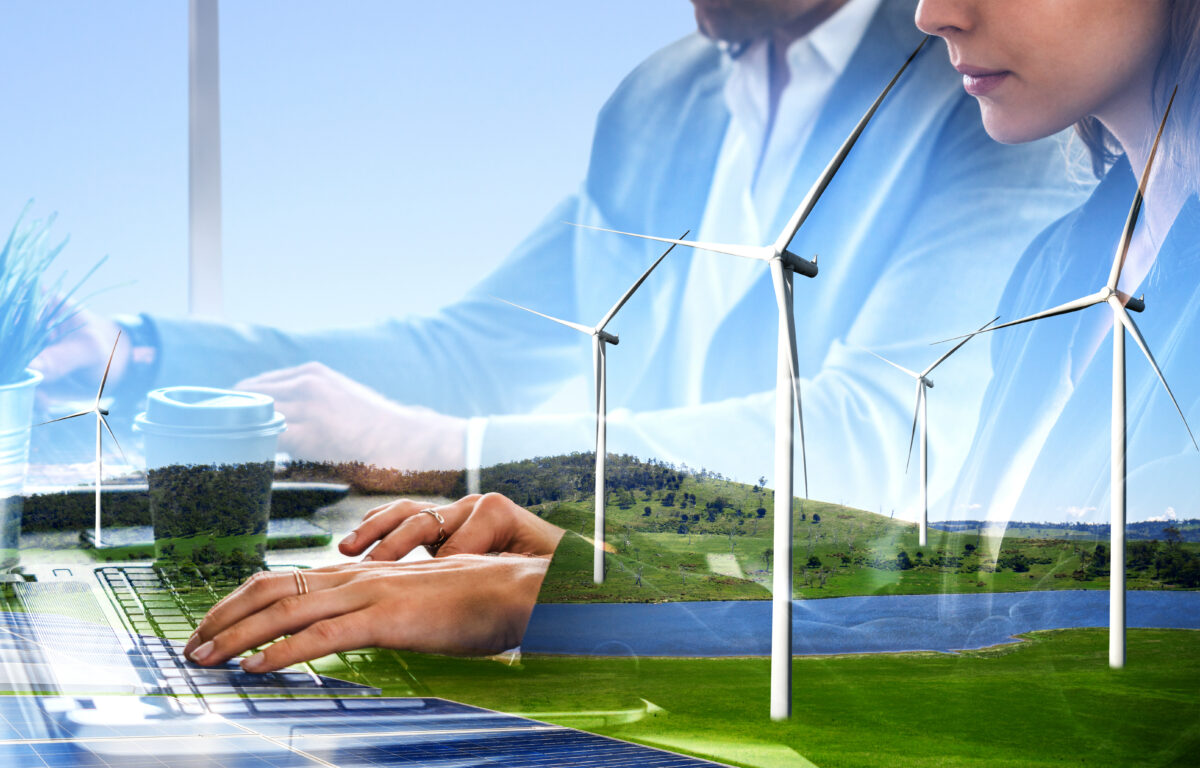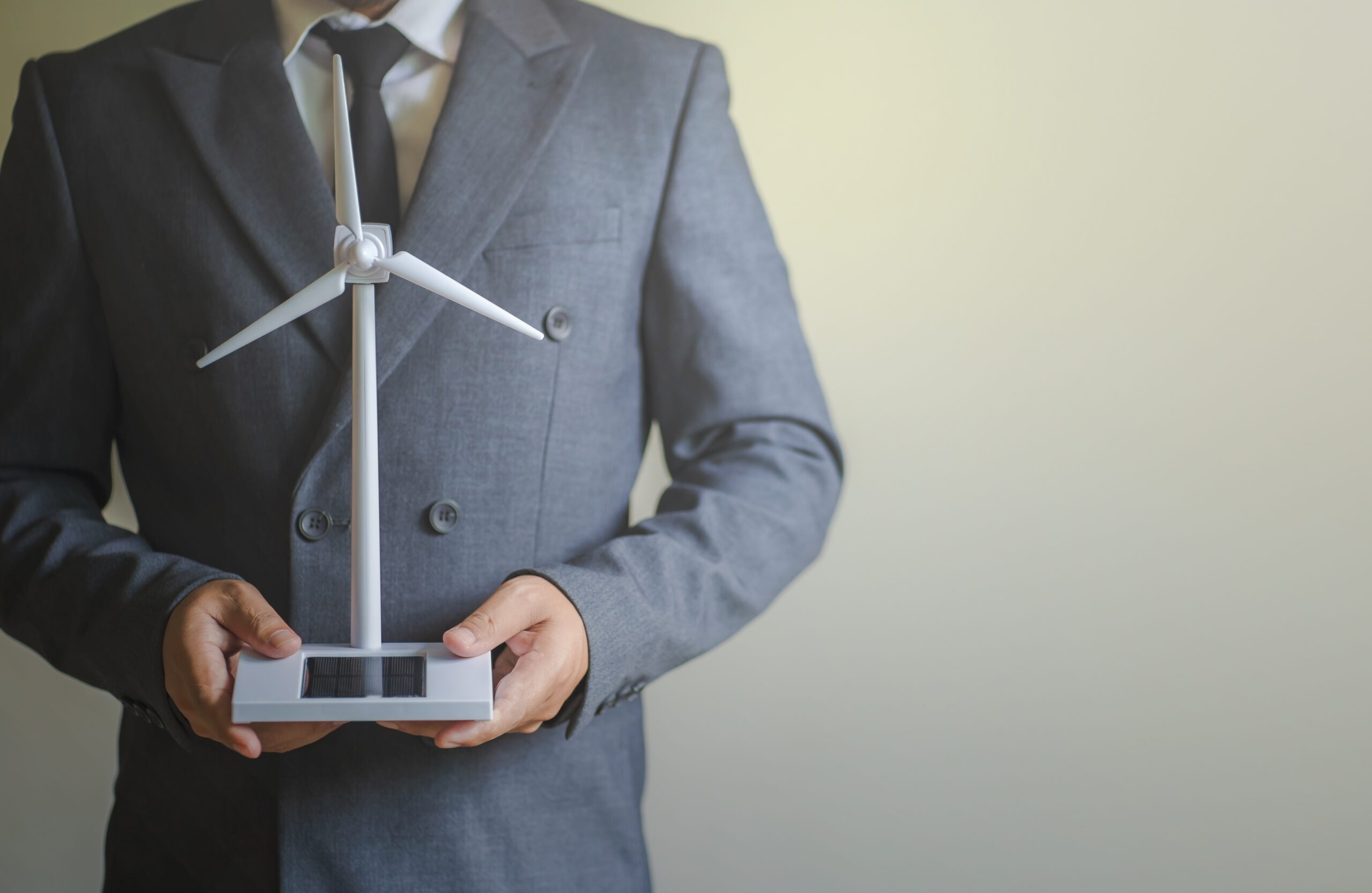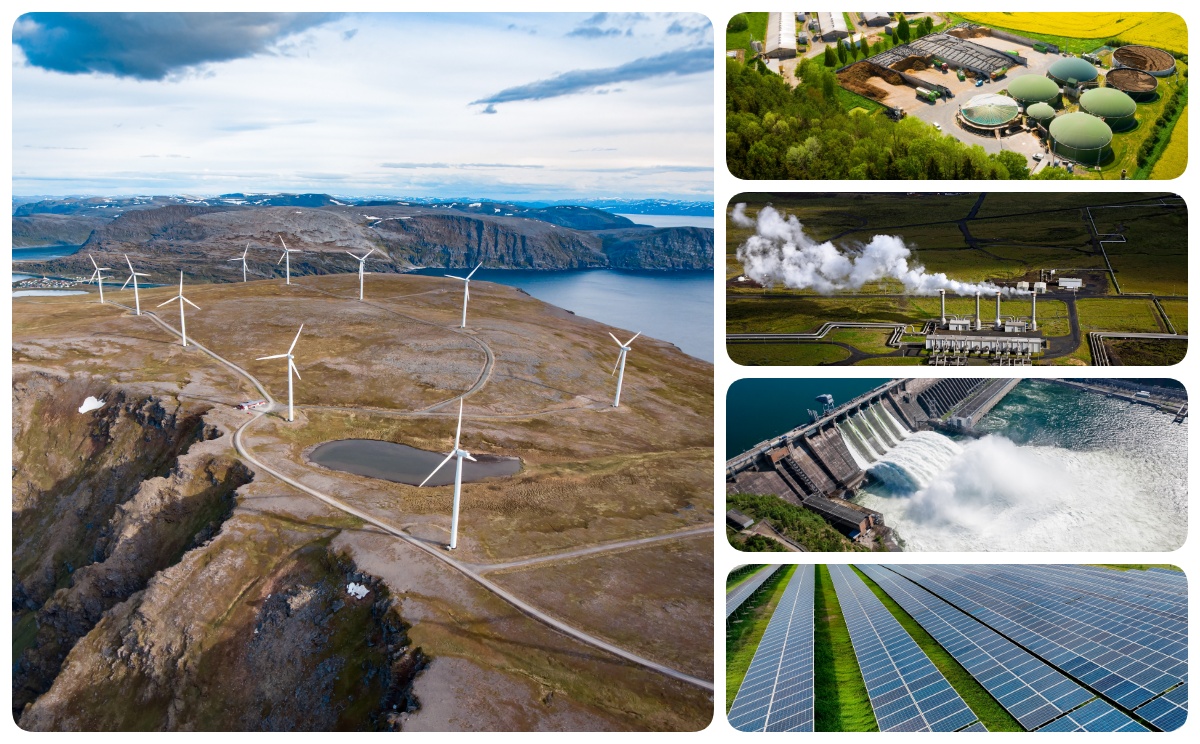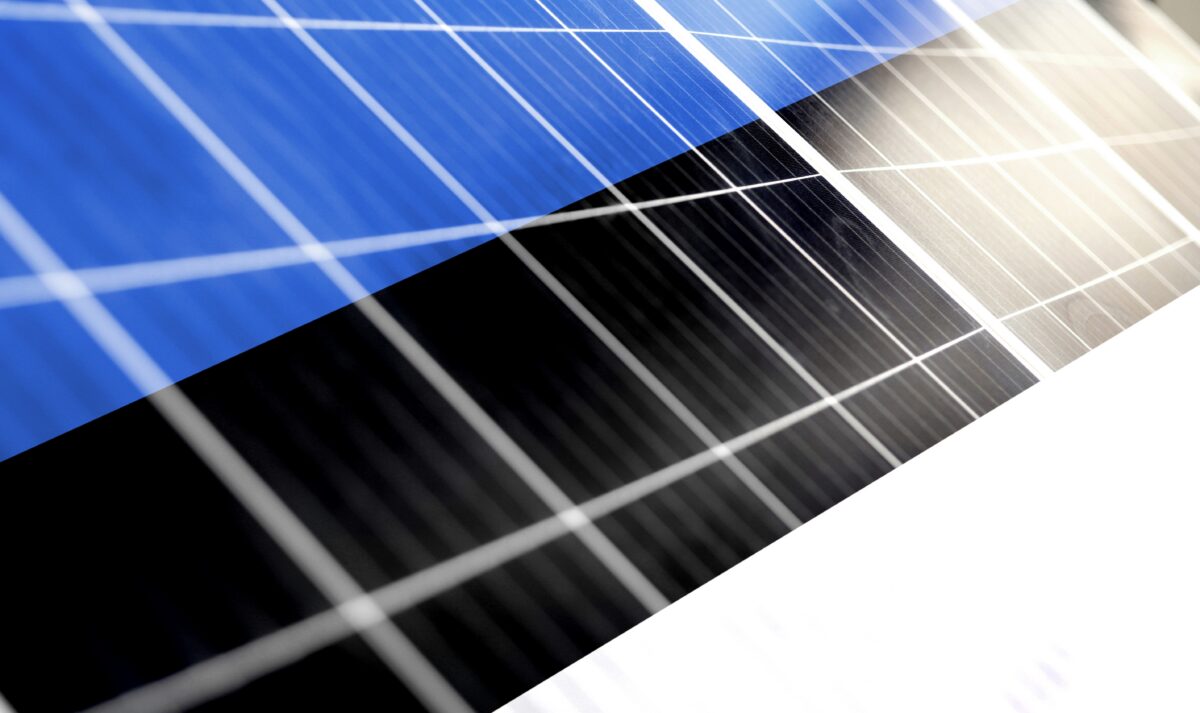The times when businesses and enterprises were only concerned with profit are long over, and rightly so. Now one of their main goals is lowering their carbon footprint. While often it comes from the pressure from clients and shareholders, the effect is still positive – more and more companies are looking to become more green.
With more businesses wanting to analyze the impact their activity has on climate change, calculating the company’s carbon footprint is a crucial starting point. With that information, the company takes the first step to implement its own carbon reduction strategy.
While there are many ways to achieve it (becoming zero-waste, reducing travel, looking for new manufacturing materials) investing in renewable energy sources is what makes the biggest difference. Wind turbine technology, and small wind turbines especially, may help businesses reach their carbon goals. While making your company more sustainable may be a challenge, the profits – both from the economic, as well as ecological standpoint – are worth it.
What is Carbon Footprint?
The carbon footprint of a business or company encompasses all of the greenhouse gasses produced by the operations of said company. It refers to not only the energy they use to power offices, warehouses, or factories, but also the fuel they use in their vehicles, the emissions their suppliers emit, how much trash their employees produce while working, and any other form of impact on the environment.
The first step in lowering the carbon footprint of our company is to estimate it first. To do that we need to analyze these three points:
– first type of emissions are the ones that are directly produced by the company, for example emissions from the fuel used by the company vehicles or heating systems on-site.
– second type of emissions are indirect emissions from the energy the company buys, such as electricity, heating, or cooling used to power its operations.
– third type is the broadest category, capturing all other emissions connected to the company’s activities but outside direct control. This includes emissions from suppliers, waste disposal, employees commuting, business travel, and the entire life cycle of the company’s products or services. This point provides a fuller view of the environmental impact across the company’s entire network.
Knowing which areas contribute the most emissions is the first step in setting goals to reduce them. By building a “carbon inventory” that includes all these sources, companies can identify key areas for improvement, set meaningful reduction targets, and track their progress toward a lower carbon footprint. This approach helps companies make more informed decisions, align with sustainability goals, and, ultimately, contribute to a greener future.

The Need for Carbon Reduction in Business and Industry
Businesses and industries today face increasing pressure to reduce their carbon footprints, both to address environmental impacts and to stay competitive in a world that’s moving toward sustainability. Reducing carbon emissions isn’t just about compliance—it’s about building independence. By embracing renewable energy sources like wind, companies can decrease their reliance on fossil fuels, which helps them reduce operational costs and protects them from volatile energy prices. Beyond the financial benefits, this commitment strengthens brand reputation as customers, investors, and even potential employees look for companies that align with their environmental values.
Moreover, effective carbon reduction directly supports the fight against climate change, helping mitigate risks associated with rising sea levels, extreme weather, and disrupted ecosystems. Wind energy, in particular, offers a reliable and scalable way for companies to meet energy demands while lowering emissions. Studies show that sustainability matters to younger generations, who are more likely to support brands that prioritize the environment. By actively reducing carbon emissions, companies don’t just improve their bottom line—they make a long-term investment in the health of the planet and the stability of their own business.
The Advantages of Small-Scale Wind Turbines for Businesses
While many countries have already discovered the benefits of large-scale wind turbines, residents and businesses are exploring the advantages of small wind turbines. Of course, they have less generating capacity, but at the same time they are more versatile, scalable and they need lower investment. Because of all those factors small wind turbines can be used in a wider set of applications, for example in different manufacturing facilities, offices, data centers, and other businesses.
Make Your Company More Independent From the Grid
Small wind solutions are primarily used for distributed generation – they are generating electricity for use on-site, instead of transmitting the power over to the electric grid. That means more independence for your company. In the case of factories, where even a short power outage can mean big financial losses, this type of independence can be crucial.
Contribute To Your Country’s Goals
What sets apart small wind turbines and wind energy in general from fossil fuels, is the fact that it’s an inexhaustible source of energy for your business, which at the same time doesn’t emit air pollutants. By investing in small wind, you can contribute to your region and country’s sustainable development.
New Low-Cost Source of Energy for Your Business
What’s more, small wind turbines are getting more cost-competitive, thanks to the advances in technology. Industrial wind turbine can be one of the lowest-price power sources for your company. Because wind turbines come in many shapes and sizes, you can choose the ones that are fitting for your energy needs, location, and carbon footprint goals. For example, many companies are interested in vertical-axis wind turbines, which are most effective in many locations.
Do you want to know more about different types of wind turbines? Contact us at Freen and talk to our experts on how you can cut your energy costs and reduce your carbon footprint.
Go „Green” for Your Customers
Modern clients expect their products and the companies who manufacture them to be more responsible when it comes to climate change. Carbon footprint is a new aspect for the clients, who research their chosen companies. Sustainable businesses can attract many new clients by going „green”, which basically means reducing their greenhouse gas emissions. By choosing wind energy you can not only have a better company image but also have an edge in the industry.

Wind Energy Carbon Footprint
While wind turbines are of course an infinitely better choice than fossil fuels, they also have some carbon footprint. The same can be said about every renewable energy source. The carbon footprint of wind turbines is surprisingly low when you consider their long-term impact on the environment. While it’s true that the manufacturing process—primarily involving materials like steel, aluminum, and epoxy resins—does contribute to emissions, the good news is that these costs are offset over the decades-long lifespan of the turbines.
For instance, the steel tower accounts for about 30% of the carbon impact, while the concrete foundation and the blades contribute 17% and 12%, respectively. However, when you look at the bigger picture, wind power has a carbon footprint that’s an impressive 99% less than coal-fired power plants, 98% less than natural gas, and even 75% lower than solar energy.
On average, wind turbines produce just 11 grams of CO2 per kilowatt-hour of electricity generated, which isn’t a lot compared to 1,000 grams of coal. Once installed, wind turbines operate with close to zero emissions, making them a key player in our transition to cleaner energy. Plus, as we explore recycling options for turbine blades we’re looking at even more ways to minimize their environmental impact.
How Long Does It Take for a Wind Turbine to Become Carbon Neutral?
There is a study that answered that question and the answer is very positive. Payback time, as in the time when the turbine becomes carbon neutral, is just 7 months. Considering that the typical lifespan of a wind turbine is 20-25 years, it sounds very promising.
We should also mention that the manufacturers of small wind turbines are constantly thinking of new ways of lowering the carbon footprint of their products. At Freen we develop turbines that are not only quieter but also more efficient. We want our products to be applicable to many different industries and with that diminish environmental footprints.
If you want to learn more about our efforts, contact us – we will be glad to explain our development process.
Conclusion
While every renewable energy solution has some carbon footprint, choosing small wind for your business instead of running only on fossil fuels will be a huge step in the right direction. Not only does it reduce your energy bills, but also builds up the image of your company and attracts clients who are eco-conscious. With the help of our products, you can lower the carbon footprint of electricity generation and make your company more sustainable.






